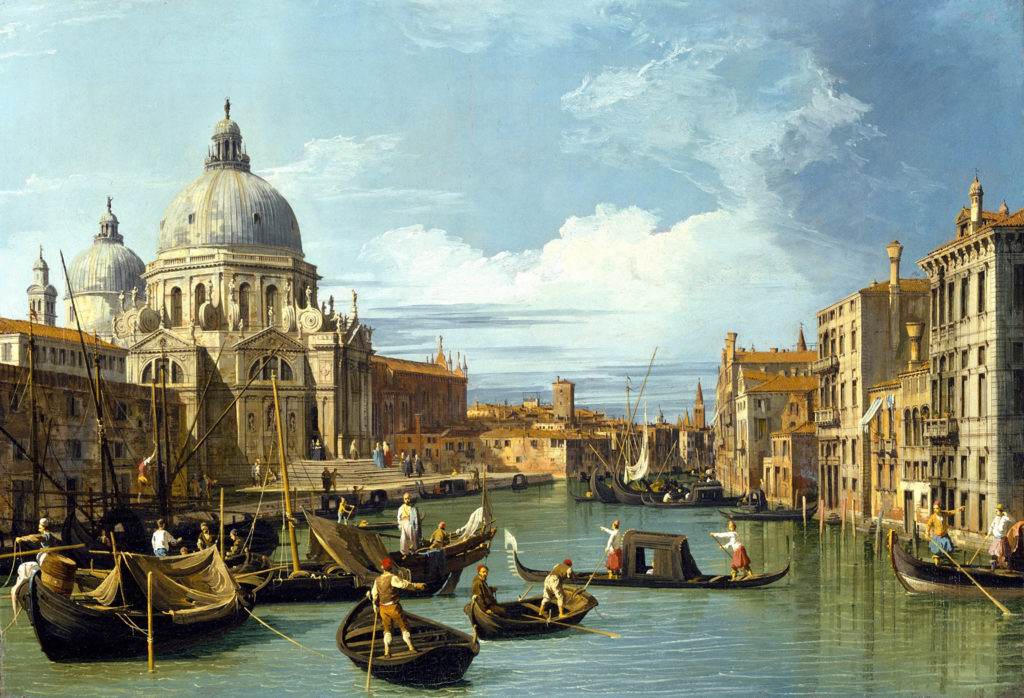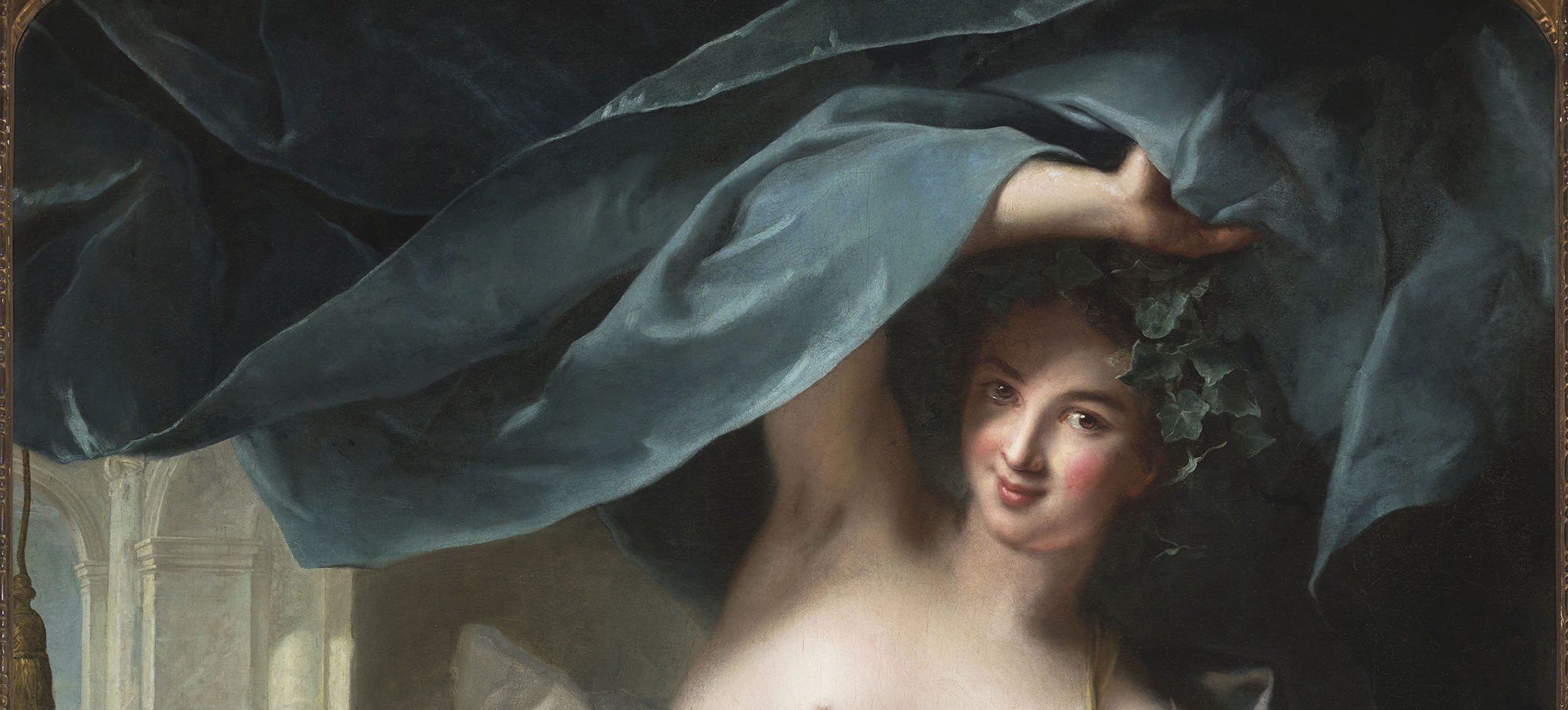In the 18th Century, Europe — across all borders — faced an explosion of liberations and enlightenment.
From amorous affairs and masquerade balls to prison escape, perhaps no other figure of the Rococo Era captured this time in more detail than the notorious Giacomo Casanova, who wrote a 12-volume autobiography.
This spring, the Legion of Honor museum invites us to view the scope of decadence and sexual metamorphosis through Casanova’s point of view with the exhibit, Casanova: The Seduction of Europe, created in collaboration with the Museum of Fine Arts, Boston and the Kimbell Art Museum in Fort Worth, Texas.

In this exploration of seduction, whimsy, and absolute indulgence, the viewer takes a sweeping path through Casanova’s travels, which spanned 40,000 miles and six decades all over Europe, in addition to the recreations of his recounts that made him such a grandiose (and scandalous) figure.
Although this exhibition gives us a sense of the man, each room represents more thoroughly the culture and opulent lifestyle of Europe’s high society in the 18th Century. Landscape panoramas of Venice’s canals by Giovanni Antonio “Canaletto” Canal transport the viewer to the maritime city. In an elaborate tableau, a mannequin dressed in an original silk gown, patterned in weft floats, illustrates the lavish process of the toilette service that only the wealthiest of Parisian women could afford. This is all surrounded by celestial paintings of Roman gods by Rococo artist Francois Boucher. Curators left no detail untold and more importantly, unfelt.

“These tableaux show how Casanova lived a life immersed in the many pleasures of art,” explains Melissa Buron, who is the director of the art division for the Fine Arts Museums of San Francisco.
From the digital guide of a French dining tabletop to the scene of a gentleman caller dressed in voided silk velvet that is embroidered in glass and metal thread, each piece (collected from all over the world) strategically transports viewers to the ultra-stylized period.
This exhibition sheds a grand light on how Casanova was at times an aristocrat, a spy, and a womanizer. As perhaps the most accurate definition of a “social climber,” he was raised in poverty and “lucked” his way up to the top of society through chance meetings. Ultimately, Casanova engaged with some of the world’s greatest minds, from discussing hot air balloons with Benjamin Franklin to Italian theater with Voltaire. Thanks to his sharp mind and writing, history is left with the most authentic and provocative portrayal of life in the lavish 1700s with a gold-trimmed frame of seashells and cupids to circle our minds.

“The cosmopolitan Casanova is a fitting guide to lead our tour of the glittering art capitals of 18th century Europe, from Venice to Constantinople, from Versailles to St. Petersburg,” says the director and chief executive officer of the Fine Arts Museums of San Francisco, Max Hollein.
To fully immerse yourself in the extravagant time-traveling exhibition, visit Casanova: The Seduction of Europe at the Legion of Honor until May 8.
Text by Isabella Urbina, BA Fashion Journalism.



